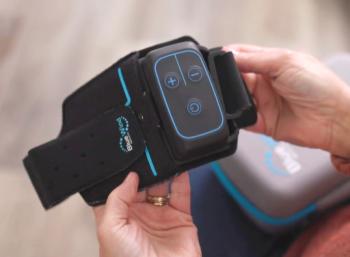
Barriers make minority MCAT examinees less likely to apply to med school
Study shows that minority students face barriers that deter them from applying to and matriculating at med schools
A
In a study of more than 81,000 examinees, researchers from UCLA and the Veterans Administration found American Indian, Black, and Hispanic examinees had lower parental educational levels and greater financial and educational barriers than Whites. These barriers were associated with a lower likelihood of applying to and matriculating at medical schools and largely accounted for racial and ethnic differences in application and acceptance. The study appeared on the
Researchers founds that Black and Hispanic examinees were less likely to apply to medical school than White examinees, and Asian, Black, and Hispanic examinees were less likely to be accepted to medical school. Some of the barriers were parental education level, financial and educational resources, extracurricular educational opportunities, and interpersonal discrimination – all of which were independently associated with decreased odds of medical school application and acceptance.
According to the report, for Hispanic examinees, accounting for these barriers reduced the disparity in applying to medical school from 39% lower odds to 16% lower odds, and it completely mitigated the disparity in matriculation. For Black examinees, adjusting for these barriers closed observed gaps in both application and matriculation.
Racial
Researchers noted that differences in wealth may explain why American Indian, Alaska Native, Black, and Hispanic examinees were more likely to report difficulty affording MCAT preparation materials and less likely to take a private MCAT course.
Asian, Black, and Hispanic examinees were less likely to shadow a physician, and Black examinees were also less likely to have a college laboratory experience. The researchers say these findings show the importance of further supporting premedical educational opportunities, such as postbaccalaureate programs and shadowing experiences, for underrepresented groups.
The report also found that American Indian, Alaska Native, and Hispanic examinees were more likely to go to low-resourced colleges, and attending a low-resourced college was associated with lower odds of both applying to and matriculating at medical school.
In addition, American Indian, Alaska Native, Asian, Black, and Hispanic examinees were significantly more likely to report that their pre-health adviser negatively influenced their decision to pursue a career in medicine. “These findings raise serious concerns about the role that interpersonal discrimination plays among those in an important advisory position,” the report reads in part.
The researchers recommend that admissions committees should use rubrics that specifically incorporate hardships applicants face, highlight the value that their diverse experiences bring, and use input from the communities that medical institutions serve in the selection process, along with the continuing need for not only holistic but also race-conscious admissions processes.
Newsletter
Stay informed and empowered with Medical Economics enewsletter, delivering expert insights, financial strategies, practice management tips and technology trends — tailored for today’s physicians.














